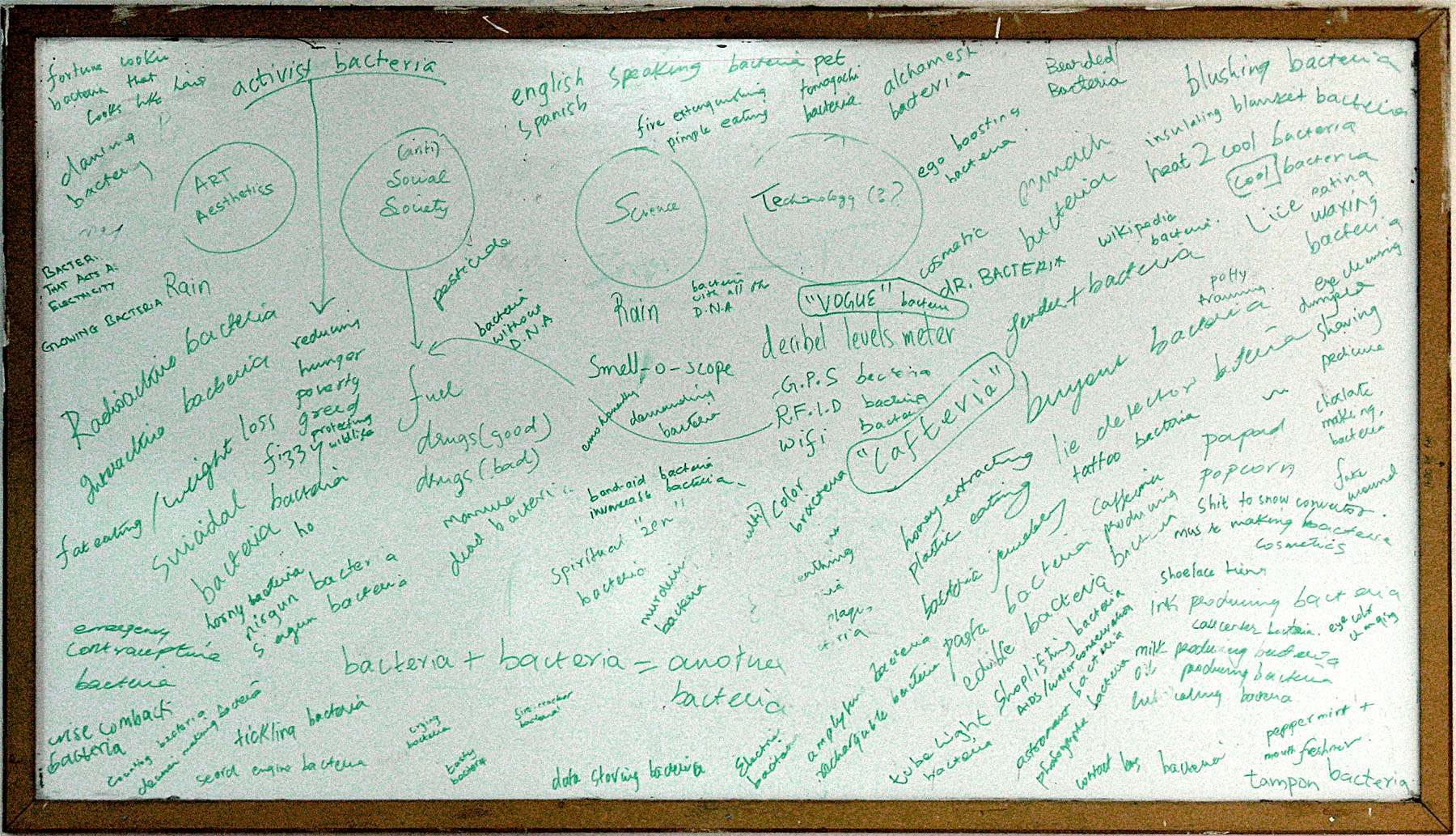Team:ArtScienceBangalore/Aproach
From 2009.igem.org
| (20 intermediate revisions not shown) | |||
| Line 3: | Line 3: | ||
<div id="asMain"> | <div id="asMain"> | ||
<div id="asTitle"> | <div id="asTitle"> | ||
| - | <h1>Approach</h1> | + | <h1>Our Approach</h1> |
</div> | </div> | ||
<div id="asMenu"> | <div id="asMenu"> | ||
<ul> | <ul> | ||
| - | <li><a href="https://2009.igem.org/Team:ArtScienceBangalore | + | <li><a href="https://2009.igem.org/Team:ArtScienceBangalore">Home</a></li> |
| - | <li><a href="https://2009.igem.org/Team:ArtScienceBangalore/ | + | <li><a href="https://2009.igem.org/Team:ArtScienceBangalore/Team">People</a></li> |
| - | <li><a href="https://2009.igem.org/Team:ArtScienceBangalore/Project"> | + | <li><a href="https://2009.igem.org/Team:ArtScienceBangalore/Project">Project</a></li> |
<li><a href="https://2009.igem.org/Team:ArtScienceBangalore/Notebook">Notebook</a></li> | <li><a href="https://2009.igem.org/Team:ArtScienceBangalore/Notebook">Notebook</a></li> | ||
<li><a href="https://2009.igem.org/Team:ArtScienceBangalore/Outreach">Outreach</a></li> | <li><a href="https://2009.igem.org/Team:ArtScienceBangalore/Outreach">Outreach</a></li> | ||
| - | <li><a href="https://2009.igem.org/Team:ArtScienceBangalore/ | + | <li><a href="https://2009.igem.org/Team:ArtScienceBangalore/Experiments">Experiments</a></li> |
| + | <li><a href="https://2009.igem.org/Team:ArtScienceBangalore/Links">References</a></li> | ||
<li><a href="https://2009.igem.org/Team:ArtScienceBangalore/Gallery">Gallery</a></li> | <li><a href="https://2009.igem.org/Team:ArtScienceBangalore/Gallery">Gallery</a></li> | ||
| + | <li><a href="https://2009.igem.org/Team:ArtScienceBangalore/Safety">Safety</a></li> | ||
| + | <li><a href="https://2009.igem.org/Team:ArtScienceBangalore/Parts">Parts</a></li> | ||
</ul> | </ul> | ||
</div> | </div> | ||
<div id="asContent"> | <div id="asContent"> | ||
| + | |||
| + | |||
| + | |||
<p> | <p> | ||
| - | + | We consider ourselves amateurs/novices within the context of the IGEM competition. Our endeavor as “outsiders” is to bring our training in the arts and design to synthetic biology. Over this summer, we learnt the tools and techniques of synthetic biology and developed a piece of life which reflects our concerns, namely, the cultural, ethical and aesthetic implications of Synthetic Biology. Using a <a href ="http://hackteria.org/wiki/index.php/Main_Page" >DIY</a> approach and getting our hands “wet” was a critical element in the learning process. Our construct synthesizes Geosmin, an enzyme normally produced by cyanobacteria and actinobacteria. The biosynthesis of geosmin from farnesyl diphosphate is catalyzed by a single enzyme germacradienol/germacrene D synthase.E. coli, does not bear a gene that codes for this enzyme. We have expressed this gene in different strains of E. coli. Geosmin is responsible for producing the earthy smell when rain falls after a dry spell of weather. | |
</p> | </p> | ||
<p> | <p> | ||
| - | + | The symbiosis of the two apparently distinct streams of art and science, both in thought and in action lead us to a personal insight about the what, why and how of the things we do. That art and science are both born of the same plant of creative thought and any creation, artistic or scientific calls for a combination of these two ways of thinking was an understanding we naturally developed in the due course of the work we did. | |
</p> | </p> | ||
| + | |||
| + | |||
| + | </html> | ||
| + | |||
| + | <strong>Some of our initial brainstorms</strong> | ||
| + | [[Image:Whiteboard.jpg|820px|none|Click for a closer look]] | ||
| + | <html> | ||
| + | |||
| + | |||
| + | <strong>What we did over the summer</strong><br> | ||
| + | <object width="640" height="505"><param name="movie" value="http://www.youtube.com/v/jmwUdYpy72g&hl=en&fs=1&"></param><param name="allowFullScreen" value="true"></param><param name="allowscriptaccess" value="always"></param><embed src="http://www.youtube.com/v/jmwUdYpy72g&hl=en&fs=1&" type="application/x-shockwave-flash" allowscriptaccess="always" allowfullscreen="true" width="640" height="505"></embed></object> | ||
| + | |||
| + | |||
<p> | <p> | ||
| - | + | ||
</p> | </p> | ||
<p> | <p> | ||
| - | + | ||
| + | <p> | ||
| + | |||
| + | </p> | ||
| + | <p> | ||
| + | . | ||
</p> | </p> | ||
<p> | <p> | ||
| - | + | ||
</p> | </p> | ||
</div> | </div> | ||
Latest revision as of 21:13, 21 October 2009
Our Approach
We consider ourselves amateurs/novices within the context of the IGEM competition. Our endeavor as “outsiders” is to bring our training in the arts and design to synthetic biology. Over this summer, we learnt the tools and techniques of synthetic biology and developed a piece of life which reflects our concerns, namely, the cultural, ethical and aesthetic implications of Synthetic Biology. Using a DIY approach and getting our hands “wet” was a critical element in the learning process. Our construct synthesizes Geosmin, an enzyme normally produced by cyanobacteria and actinobacteria. The biosynthesis of geosmin from farnesyl diphosphate is catalyzed by a single enzyme germacradienol/germacrene D synthase.E. coli, does not bear a gene that codes for this enzyme. We have expressed this gene in different strains of E. coli. Geosmin is responsible for producing the earthy smell when rain falls after a dry spell of weather.
The symbiosis of the two apparently distinct streams of art and science, both in thought and in action lead us to a personal insight about the what, why and how of the things we do. That art and science are both born of the same plant of creative thought and any creation, artistic or scientific calls for a combination of these two ways of thinking was an understanding we naturally developed in the due course of the work we did.
Some of our initial brainstorms
What we did over the summer
.
 "
"
